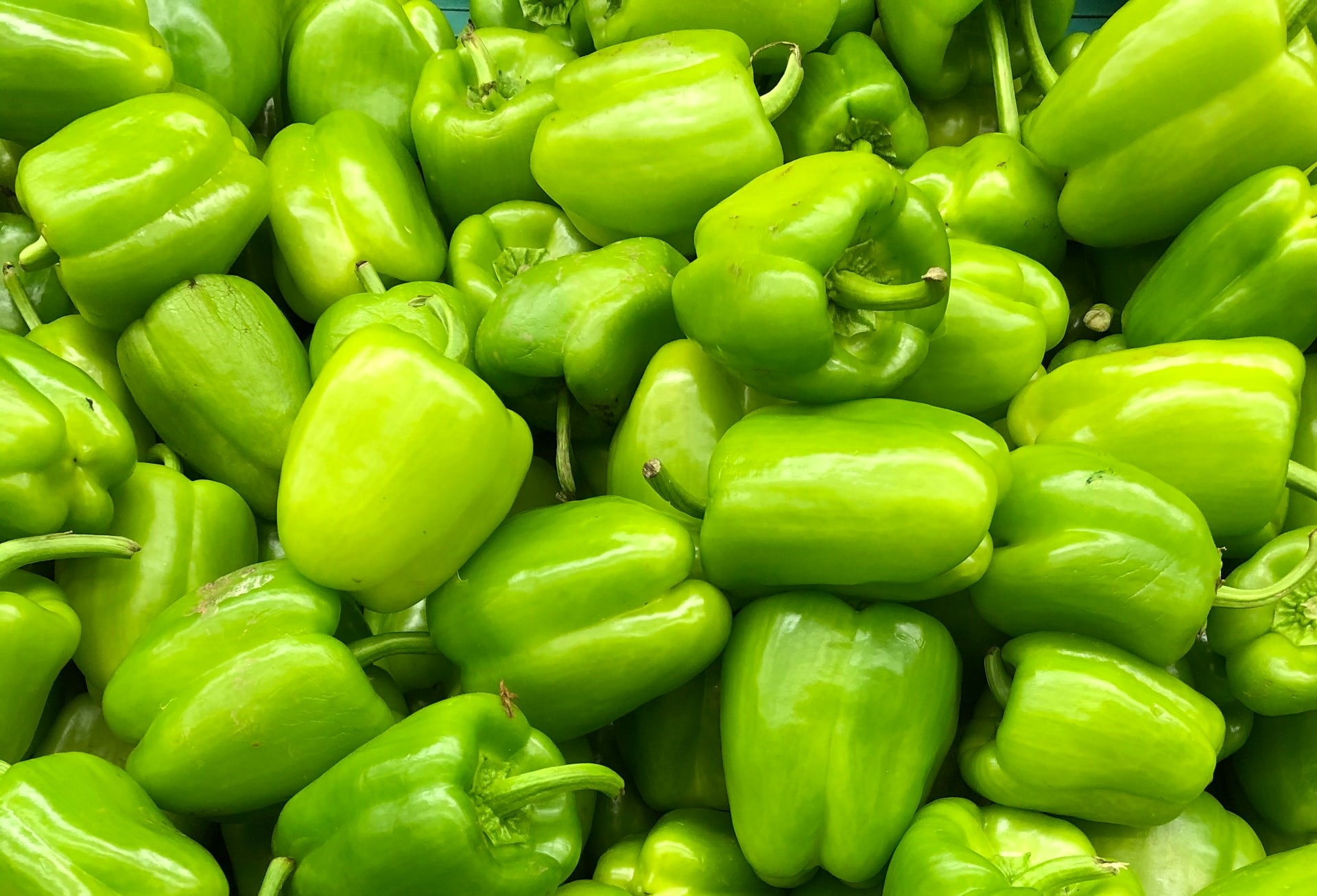In basic soil preparation for pepper cultivation, 20 – 40 t/ha of manure is added. If the producer cannot obtain large quantities of manure, it is recommended to add at least 5 – 10 t/ha to the topsoil layer to preserve soil structure and improve microbiological activity.
For basic fertilization before transplanting seedlings, it is advisable to choose mineral fertilizers that do not contain chlorine. On less fertile soils, the following are applied: 600 kg/ha NPK 5 – 20 – 30 + 26 SO3 or 750 kg/ha NPK 7 – 14 – 21 + 2 MgO + 18 SO3. To prevent leaf deformation and plant drying, 150 kg/ha of Urea 46% N is added alongside the NPK fertilizers.
Top-dressing is done 2 – 3 times with 150 kg/ha KAN (27% N) + 4.8 MgO, with the first top-dressing after the plants have rooted well, and the second when the first fruits reach the size of a walnut.
Special attention should be paid to calcium fertilization, with the addition of 2 – 3 t/ha of Fertdolomite (calcium carbonate (CaCO3) – 56%, magnesium carbonate (MgCO3) – 42%) to reduce soil acidity (if it exceeds the level tolerable by peppers, pH less than 5.5) and to ensure sufficient calcium for the growth and development of peppers. This prevents the occurrence of blossom end rot, which is often seen in production and is mistakenly thought by many farmers to be a fungal disease, leading them to treat the plant unnecessarily with various fungicides.
Blossom End Rot in Peppers
This is a physiological disorder (not parasitic) caused by a lack of calcium (Ca) in the fruit.
Initial symptoms appear as small dark spots at the blossom end of the fruit, which enlarge as the fruit matures, becoming more depressed. Large depressions often show concentric rings. The affected tissue appears leathery and firm. The diseased area can be invaded by pathogens, turning it black. The fruit may have several spots or one large spot that can cover half of the fruit. The symptoms of blossom end rot are similar to sunscald but differ in that sunscald spots are white.
The calcium deficiency causing this condition can occur due to:
- Lack of calcium in the soil (rarely),
- Excess potassium in the soil – potassium inhibits the uptake (absorption) of calcium from the soil solution through the roots. This can happen due to excessive application of NPK fertilizers with a high potassium content,
- Inability of the plant to absorb calcium,
- Uneven distribution of calcium within the plant parts.
Calcium dissolved in water moves upward through the plant (from the roots to the top), and transpiration occurs predominantly through the leaves, not the fruit, leading to more calcium accumulation in the leaves while the fruit suffers from its deficiency.
Preventing blossom end rot is purely preventive, meaning symptoms that appear cannot be corrected with nutrients. To prevent blossom end rot, foliar feeding with 0.3% calcium nitrate (Ca(NO3)2) or one of the foliar fertilizers with increased calcium content, such as Fertina Ca special, Calciogreen 34, Kalagreen-Ca, is recommended. Spraying should be done immediately after the appearance of the first flowers and later with two more sprays at 10 – 12-day intervals. Soil liming also serves as prevention.
Nutrient requirements for 1 t of fruit yield:
- N: 3.9 kg
- P2O5: 1.0 kg
- K2O: 5.0 kg
- CaO: 2.0 kg
- MgO: 0.2 kg
From the table above, it is evident that peppers require high amounts of all nutrients, especially nitrogen and potassium. It’s also important to pay special attention to the amount of calcium available in the soil, as peppers have a higher requirement for calcium than phosphorus. Phosphorus, half of the potassium, and magnesium fertilizers are applied during soil preparation for sowing/planting. During the growing season, other nutrients are added—nitrogen in several doses, potassium in a second dose; in one or more doses. The calcium needs of peppers are best met through the irrigation system during the growing season or via foliar feeding.
Example Calculation for Pepper Fertilization and Open Field Cultivation Based on an Average Yield of 30 t/ha, with 2 Top-Dressings with KAN, Using Urea and NPK 5:20:30
Nutrient removal:
- 126 kg N/ha
- 34 kg P2O5/ha
- 162 kg K2O/ha
Fertilization recommendation:
- 140 kg N/ha
- 97 kg P2O5/ha
- 298 kg K2O/ha
Fertilizers:
- NPK = 5:20:30, 739 kg/ha
- N = Urea, 142 kg/ha
Top-dressing:
- 2 x 79 kg KAN/ha
Optimal NPK fertilizer formulation: 10:10:30
Nutrient balance (surplus or deficit):
- N = 0 kg/ha
- P2O5 = 51 kg/ha
- K2O = -76 kg/ha
Example Calculation for the Same Parameters Using NPK 7:14:21
Nutrient removal:
- 126 kg N/ha
- 34 kg P2O5/ha
- 162 kg K2O/ha
Fertilization recommendation:
- 140 kg N/ha
- 97 kg P2O5/ha
- 298 kg K2O/ha
Fertilizers:
- NPK = 7:14:21, 1055 kg/ha
- N = Urea, 62 kg/ha
Top-dressing:
- 2 x 79 kg KAN/ha
Optimal NPK fertilizer formulation: 10:10:30
Nutrient balance (surplus or deficit):
- N = 0 kg/ha
- P2O5 = 51 kg/ha
- K2O = -76 kg/ha













































